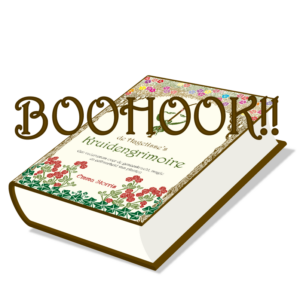
There are two plants in this online plant handbook with celandine as part of their common name in English, lesser celandine and greater celandine. Although their names would suggest otherwise, these two are not related. In Dutch, their names do not even resemble each other. They belong to different families and do not look alike either, apart from the colour of their flowers. One is edible, while the other is definitely not.
They are native to the area I was born, so I have known them both for as long as I can remember. And they have different properties as well. Hence, I work with each of them and they both ended up in my plant vademecum. This monograph tells you about lesser celandine, Ranunculus ficaria.
Lesser celandine is a plant that you will find anywhere in the Netherlands. When this plant pops up, spring is on its way. It is a small and unassuming plant in appearance. However, the things you can do with it are pretty amazing. This plant can provide people with food all year round, in early spring by means of the leaves and the rest of the year by means of the tubers.
Its medicinal properties are unknown to many. However, our ancestors knew that lesser celandine could well be used against disorders of the blood vessels. This cheerful spring plant has a fairly specific but at the same time powerful effect. Haemorrhoids and varicose veins in particular can be treated thoroughly with this herb.
When it comes to magical properties, lesser celandine is definitely a useful plant. Some of its reputed applications are providing protection in general and specifically against conditions that endanger milk production. It brings happiness and wards off gloomy thoughts. In short, a nice plant to have by your side.
Lesser celandine is a modest plant that grows to a maximum height of 30 cm, but usually remains lower to the ground. The plant grows on a rhizome with breeding tubers – the bulbils – at the top.
The stem is decumbent or ascending with petiolate, glossy, succulent leaves, which are cordate or, in the case of the upper leaves, palmately lobed. The flowers are deep yellow and have eight to twelve petals and three green sepals.
Lesser celandine owes its Dutch name speenkruid to the shape of the breeding tubers that look like small udders. One of its English folk names, pilewort, has to do with its medicinal property, but probable also with its shape.
The leaves of lesser celandine contain a lot of vitamin C and were therefore used against scurvy in the past.
With the dried older leaves, you can make a poison that used to be applied to, for example, arrows.
Basic membership is free. A plant monograph contains:
It's not allowed to copy content of this website
and view hidden content
